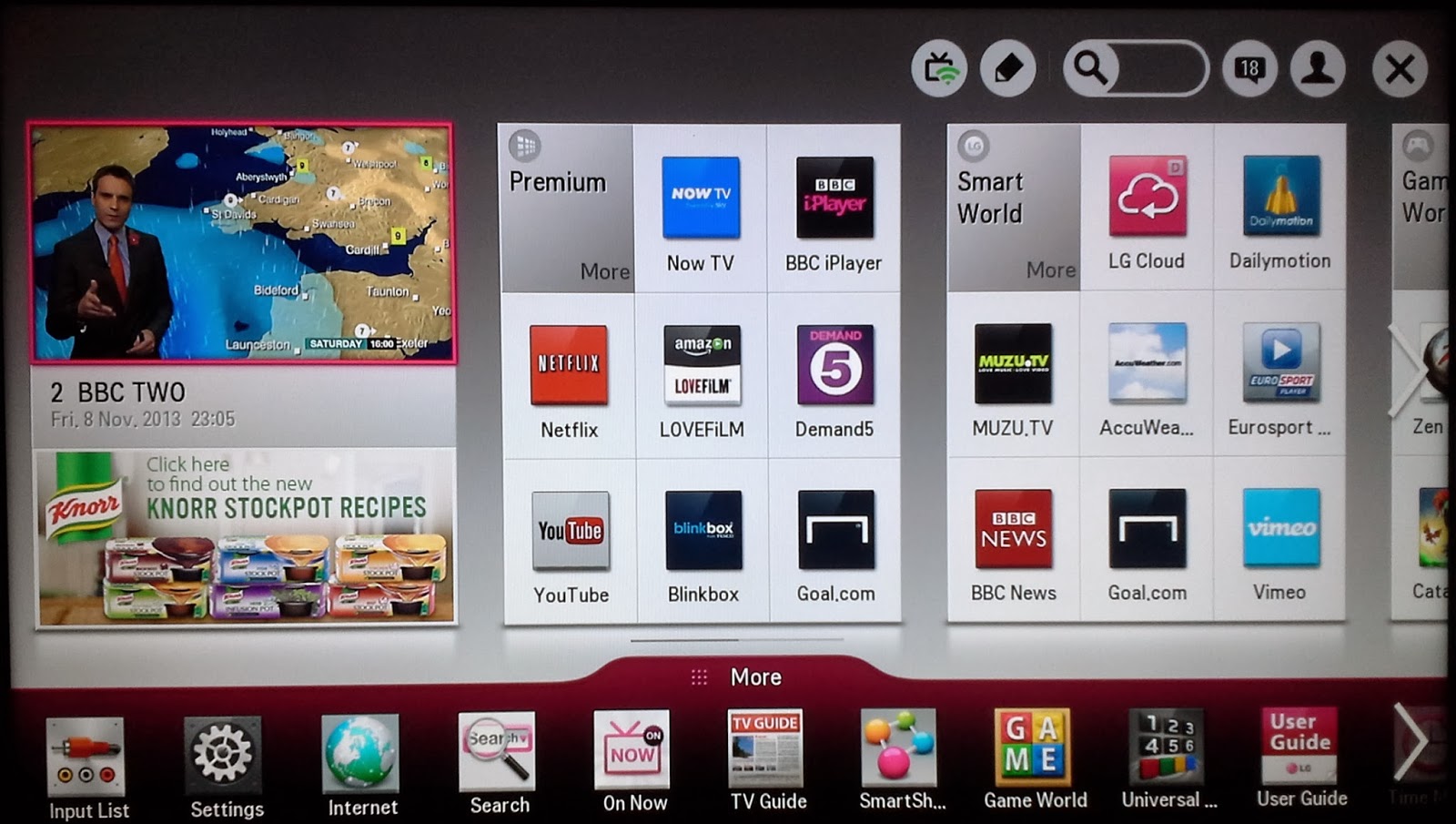Live Tv Viewer 1 03 Full Size
YouTube Live - Watch great live. Get YouTube Red Get YouTube TV Best of YouTube Music. Peppa Pig Full Episodes LIVE Peppa Pig 2017. The Emmy Award-winning comedy show Saturday Night Live is in its 42nd. February 3 - Natalie. Parental Guidelines and TV Ratings; Contact Us; Corporate. View all; Search the whole site. Photo Gallery slideshow full screen in Windows 8.1 I don't recall. Windows Live Photo Gallery WLXPhotoGallery.exe. See a full list of upcoming event. Scale your video to audiences of any size, worldwide. Over 2 million live video. Support is the #1 reason to.
Most people sit about 9 feet from their TV. THX recommends a display that fills 40 degrees of your field of vision. Geoffrey Morrison How big a TV should you buy? Bert Is Cheating On Ernie Hudson there. There's a TV in nearly every size you can want, and at nearly every budget. As long as you're not limited by a cabinet or entertainment center, you can probably get a bigger TV than you're figuring. Possibly, a lot bigger. Here's how to figure out how big you can go.


The short answer: as big as you can afford. The longer answer depends on your room, your seating distance, your eyes, and the acceptance of any cohabitating co-deciders.
Recommended There is a direct correlation between recommended screen size and seating distance. The farther away you sit, obviously, the smaller your TV appears. The ideal is to have a screen that fills a certain amount of your field of view, though how much is 'ideal' is up for debate., for example, a viewing angle of 40 degrees, to create 'an immersive cinematic experience.'
What does 40 degrees mean to those of us who love math in theory but not in practice? Skip the protractor, and multiply your seating distance (in inches or centimeters) by 0.84. This gets you the recommended screen diagonal. For example, most people sit about, so THX recommends a screen size of around 90 inches diagonal for that distance. That means the 55-inch you're looking at is not 'too big,' at least as far as THX is concerned.
They realize, though, that not everyone has the space (or desire) for a TV that big, so they also recommend something in the 60-inch range for seating distances up to 9 feet. Recommends 30 degrees, obviously quite a bit smaller. To match their recommendation, multiply your seating distance by 0.625. So given our 9-foot example, that means a TV around 68 inches (so a 65- or 70-inch model would work). SMPTE recommends a display that fills 30 degrees of your field of vision. Geoffrey Morrison CNET,, recommended no closer than 1.5 times the screen diagonal, or 0.667 times your seating distance. Kermis Simulaties 2d Engraver.
This allows for a slightly larger TV than the SMPTE recommendation, with a 'maximum' screen size of 72 inches (again, 70-inch models are the closest) for a 9-foot viewing distance. While these are good guidelines, I think they need to be taken as the recommendations they are, not any sort of steadfast rules. It's far too easy to get caught up in a numbers game when the reality is far more complex. There are additional factors in play than this-times-that-means-this would seem. 1:58 Beyond the 'rules' Two factors come into play when you're talking about maximum screen size: resolution and room domination. Most TVs now are 1080p, and that's a lot of pixels. Even at the, you're not going to see pixels sitting at 9 feet.
If the TV (or projector) isn't very good, you might see other artifacts, but you're not likely to see pixels. If you're sitting closer to such a large TV, pixels may start getting visible, but you'd have to be sitting awfully close. This is one of the reasons I said, and why there are at least, and there's more math in that both articles about what resolution the human eye can actually see. The short version is: extremely large TVs may not look quite as good when you're sitting really close to them, as you're seeing more than they were designed for you to see. That isn't to say they'll be 'unwatchable' close-up, they just may not look as good as if you were sitting farther away. Satellite Party Ultra Payloaded Rarlab. This is especially true if you're not always watching a pristine source like Blu-ray. Check out for more on the lesser sources that will look really bad on a huge TV.
The other factor, room domination, is completely subjective. How big does a TV have to get in your room before it becomes the only thing in the room (either figuratively, or literally). If you have any doubts, I'd recommend taping off or cutting out cardboard in the size of the TV you're thinking about, and seeing how it fares in your room. Know that once it's actually in there, it will be way more awesome than cardboard, and likely seem way, way bigger. It certainly depends on your room, decor, and overall spousal tolerance/enthusiasm. If you think you might be sitting close enough to see pixels (or are curious if you are), check out this and put in your viewing distance, screen size, and your vision (20/20, etc).